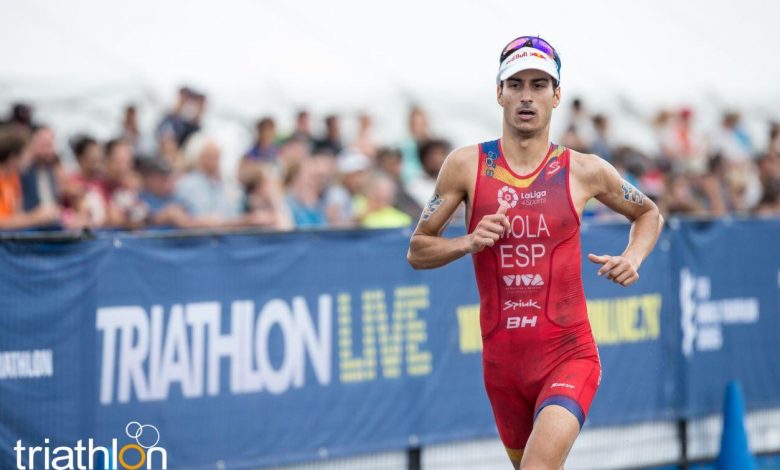Internalize your career rhythms, learn to run without a clock
There are situations in which your watch will not be available, it is important that you know how to identify your rhythm according to the effort

El technological advance in the training world it has meant a Substantial improvement when evaluating and planning training.
However, on many occasions we find athletes watch dependents They are unable to feel the intensities they perform.
If you are one of those who have adapted to these devices, keep reading to discover how you can evolve as an athlete.
In competitions you can find many situations in which your watch is not available to serve as a guide (battery, gps, breakage, loss, etc.), so It is important that you know how to identify your rhythm depending on the effort and intensity you are making.
So you can work on it We propose three types of training:
1. Small blocks at various intensities.
Start by making blocks of 10 to 15 minutes at different intensities (Ex .: 15 'at 5min / Km + 15' at 4.30min / Km) in which you can only look at the clock 2 times per pace, trying to keep it stable for the rest of the weather.
When you finish look at your APP or computer training to see if you have met the goal.
2. Shoot at a steady pace without looking at the clock.
Once you manage to internalize the sensations that each rhythm implies, increase the duration of your workouts without looking at the clock at all (Ex .: 45 'at 5min / Km pace).
Check your results when you finish the training.
3. Progressive and regressive series.
On the track you can make series of distances between 500 and 1000 progressing in rhythm between them to continue with the work of internalization of the rhythm.
For example: progressive 6x1000m 1-3, that is, increase the pace from the first to the third and repeat from the fourth to the sixth.
Another option is that you do it in a regressive way, decreasing the rhythm between each series.
Once you know how to differentiate the pace at which you run without relying on a clock, you must take into account what intensity this rhythm means to you, that is, in which training zone you are.
If this topic is not very clear we recommend that you continue reading about the training zones in this article: https://www.triatlonnoticias.com/entrenamientos-triatlon/que-son-las-zonas-de-entrenamiento/
Laura García Cervantes

There are no previous results.




























